What is the tolerance range of precision screws?
What is the tolerance range of precision screws?
Service Hotline
+86760-8787 8587We have more than ten years of production experience in the screw industry, the main products are: embedded injection molded copper nut, nut support column, copper column yin and yang stud, star screw, reverse thread nut, planting welding with spot welding stud female thread round nut column, White zinc flat washer spring washer nut, knock-on-lock rivet knocking nail aluminum countersunk head rivet, D6 natural color long nut, flat-head chamfered bolt, nut set complete flat-wash spring washer combination, ledger screw, flat-head pin, galvanized GB109 Flat head rivets, thin washers and other fasteners, due to the different materials and specifications of the products, the prices are also different, if you need, please contact us.


The first person to describe the spiral was the Greek scientist Archimedes (c. 287 BC - 212 BC). An Archimedes screw is a huge spiral contained in a wooden cylinder that is used to irrigate fields by raising water from one level to another. The real inventor may not be Archimedes himself. Maybe he was just describing something that already existed. It may have been designed by the skilled craftsmen of ancient Egypt for irrigation on both sides of the Nile. In the Middle Ages, carpenters used wooden or metal nails to attach furniture to wooden structures. In the 16th century, nail makers began producing nails with a helical thread, which were used to connect things more securely. That's a small step from these kinds of nails to screws. Around 1550 AD, the metal nuts and bolts that first appeared in Europe as fasteners were all made by hand on a simple wooden lathe. Screwdrivers (screw chisels) appeared in London around 1780. Carpenters have found that tightening a screw with a screwdriver holds things in place better than hitting with a hammer, especially with fine-grained screws. In 1797, Maudsley invented the all-metal precision screw lathe in London. The following year, Wilkinson built a nut and bolt making machine in the United States. Both machines produce universal nuts and bolts. Screws were quite popular as fixings because an inexpensive method of production had been found at that time. In 1836, Henry M. Philips applied for a patent for a screw with a cross recessed head, which marked a major advance in screw base technology. Unlike traditional slotted head screws, Phillips head screws have the edge of the head of the Phillips head screw. This design makes the screwdriver self-centered and not easy to slip out, so it is very popular. Universal nuts and bolts can connect metal parts together, so by the 19th century, the wood used to make machines to build houses could be replaced by metal bolts and nuts. Now the function of the screw is mainly to connect the two workpieces together and play the role of fastening. The screw is used in general equipment, such as mobile phones, computers, automobiles, bicycles, various machine tools and equipment, and almost all machines. need to use screws. Screws are indispensable industrial necessities in daily life: extremely small screws used in cameras, glasses, clocks, electronics, etc.; general screws for televisions, electrical products, musical instruments, furniture, etc.
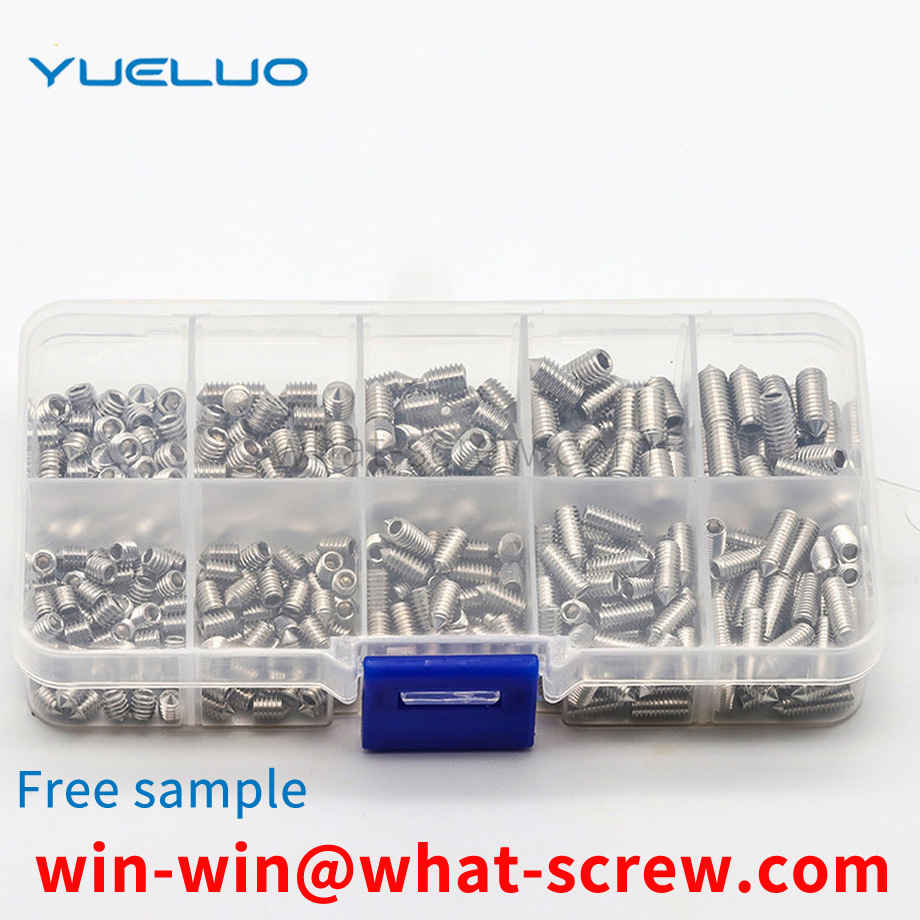
Use performance self-tapping screws for self-tapping screws with a diameter of 0.8mm to 12mm. For this type of screw, it generally has a high hardness. Self-tapping screws must be screwed into the test, that is, screw the screw into a test plate to check whether the hardness of the screw meets the standard. The shape of the drill tail, the hardness of this kind of screw is very strong. Compared with ordinary screws, it not only has better maintenance ability, but also has a very strong effect in connecting objects. For screws with this performance, it is generally not necessary. Auxiliary processing can directly drill a hole on the object and lock it into the object, which is not only very convenient to use, but also greatly improves work efficiency. This kind of drill screw can be said to be the first choice of the staff in various fields.
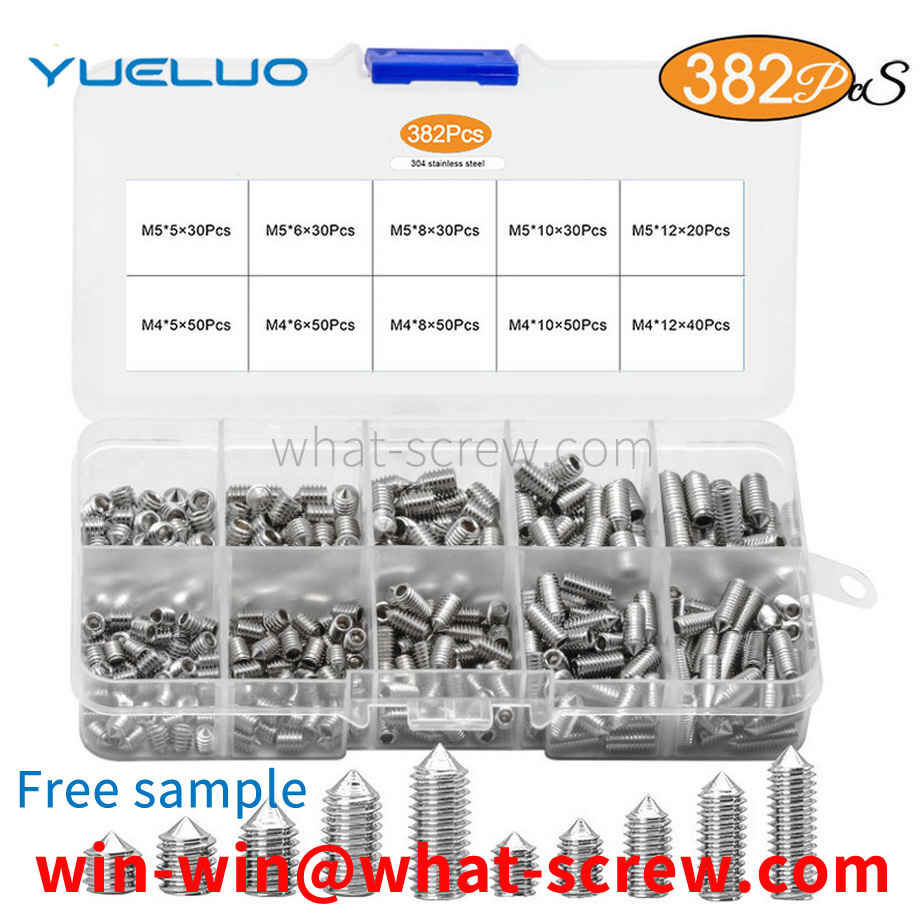
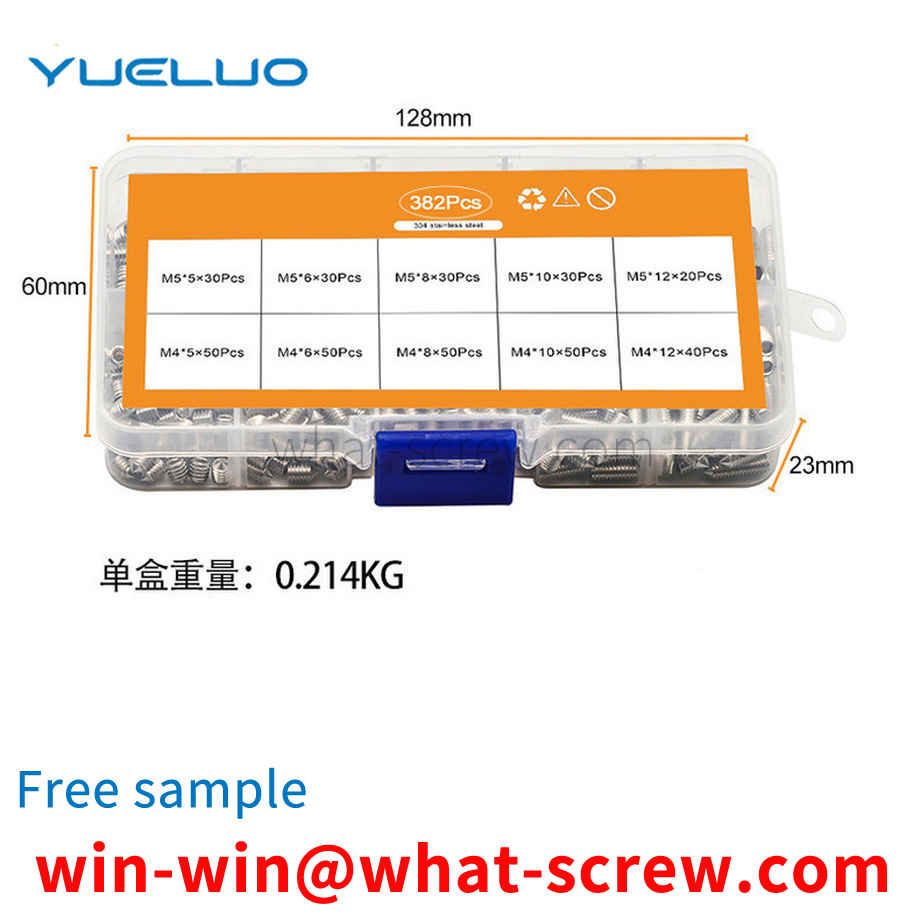
The quick-install and quick-release nut uses the threaded block to move radially and axially along the inclined surface at the same time to achieve the cohesion and separation of the threaded block. However, the nut has a complex structure and is difficult to manufacture, and the internal and external threads may not be properly locked during use. Occurs, bearing capacity and reliability are poor.
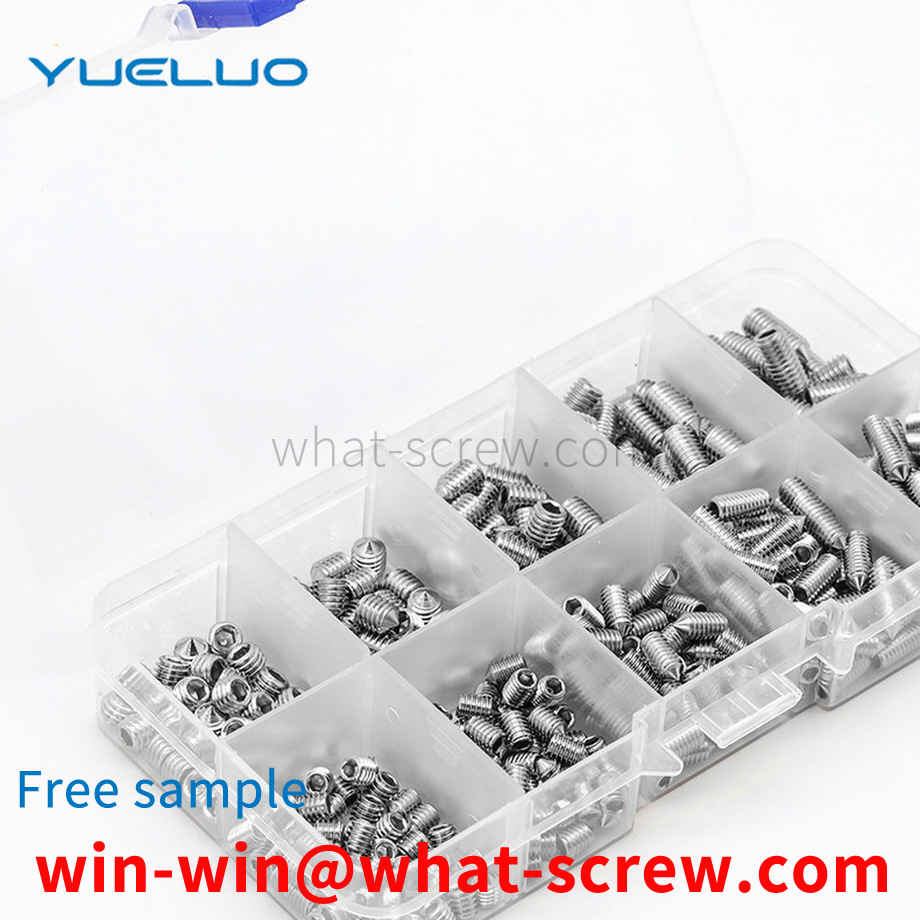
The use of stainless steel screw lines: The hardness of stainless steel screw lines causes them to have different uses. Generally, they are used as small screws in life, but also as car screws and compression screws. They are widely used in normal life. Types of stainless steel screw lines: In appearance, screw lines are generally divided into fog surface spring lines and bright surface screw lines. The hardness of matte surface screw lines is higher than that of bright surface screw lines. For products with low appearance requirements and relatively high elasticity requirements. Paper, oxalic acid, fertilizer and other production equipment; photography, food industry, facilities in coastal areas, ropes, CD rods, bolts, nuts.
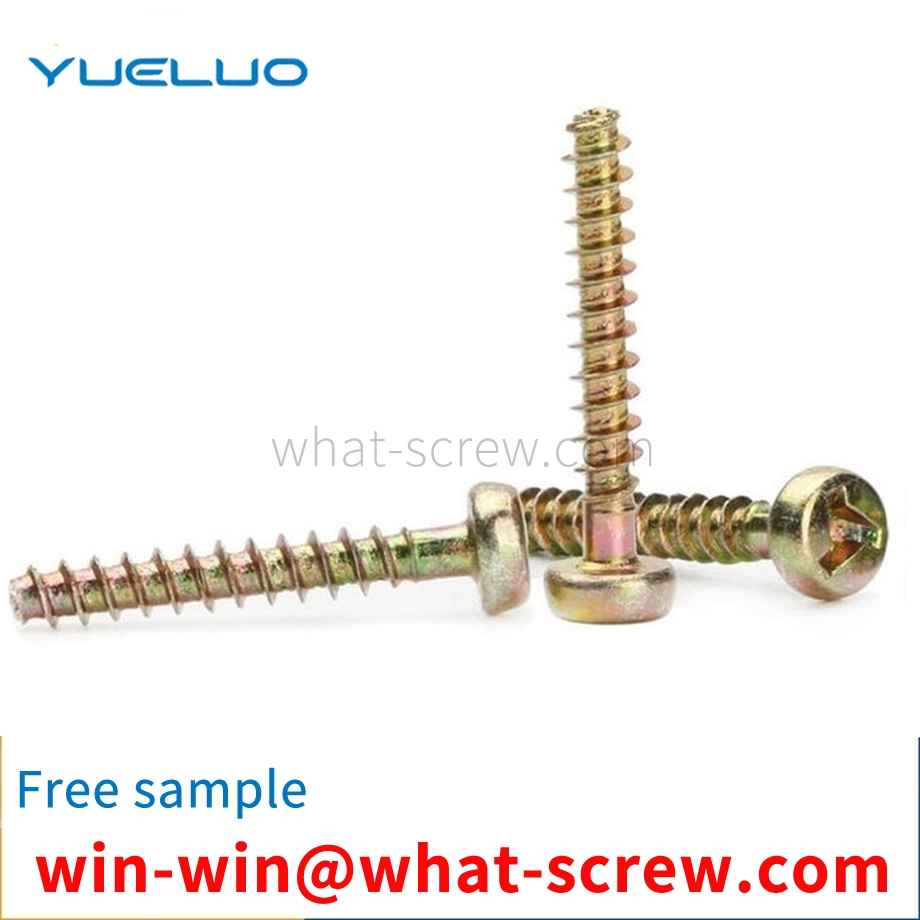
The above content is uploaded by Yueluo or the Internet. If there is any copyright issue, please contact [email protected].

What is the tolerance range of precision screws?

How to choose the right stainless steel screw manufacturer?

Why is there an R angle under the head of the hexagon head s...
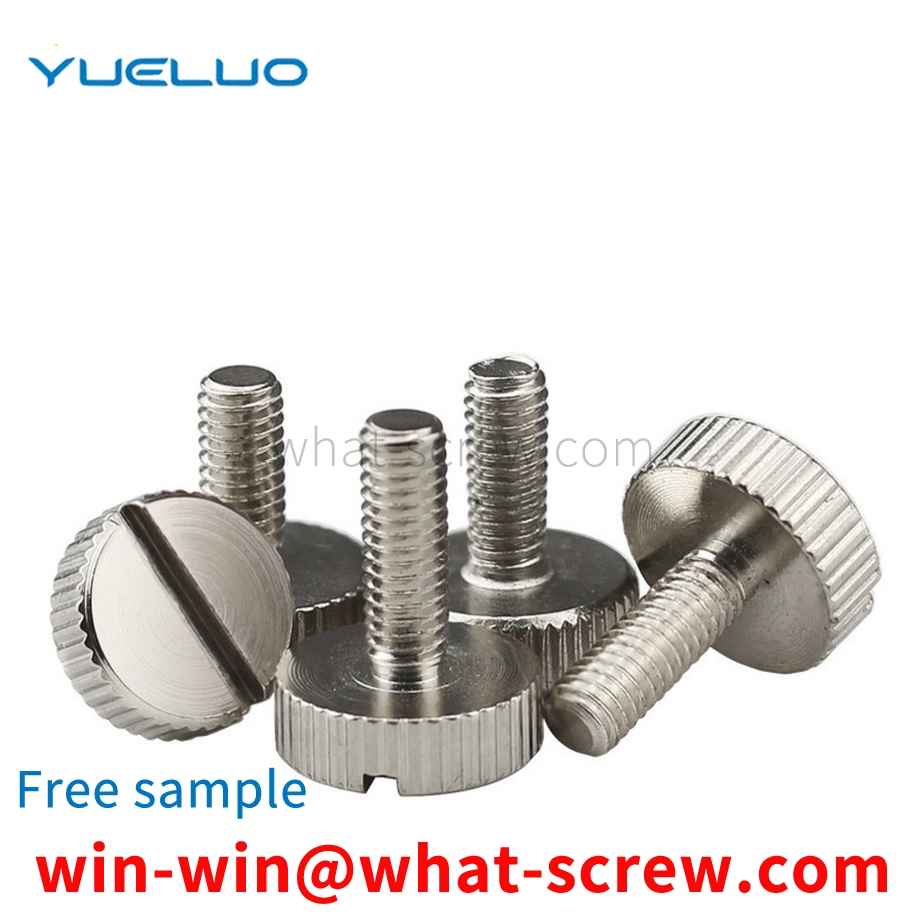
We have more than ten years of production experience in the ...

We have more than ten years of production experience in the ...
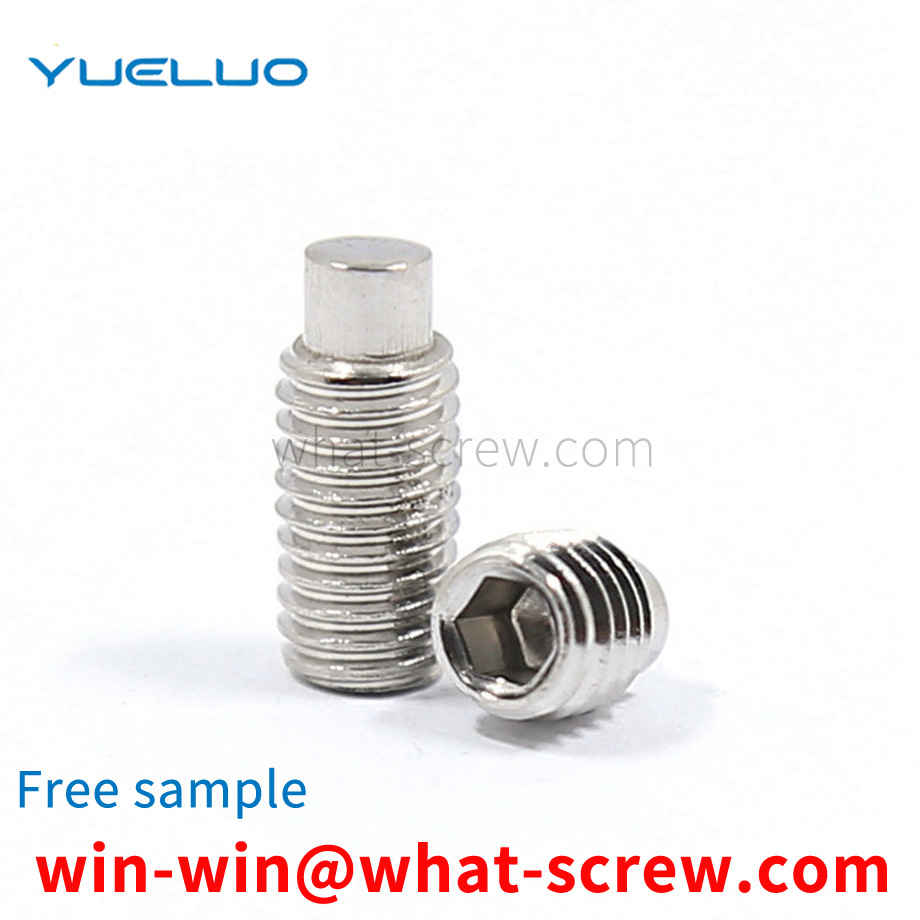
We have more than ten years of production experience in the ...
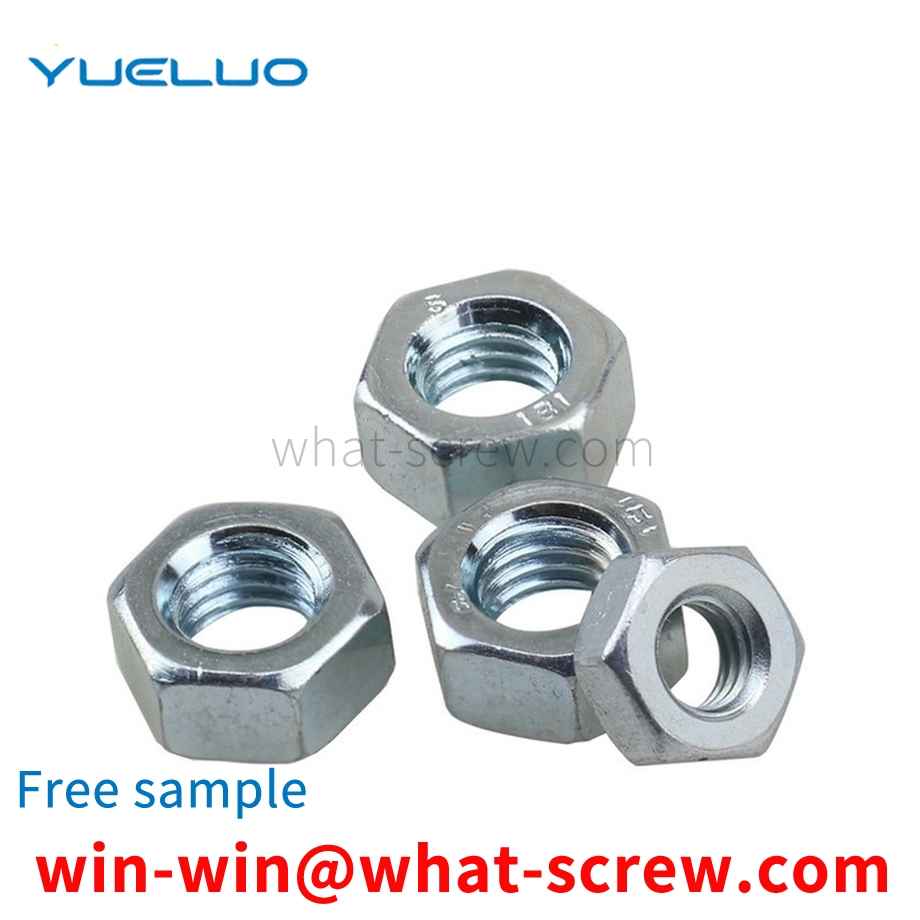
We have more than ten years of production experience in the ...